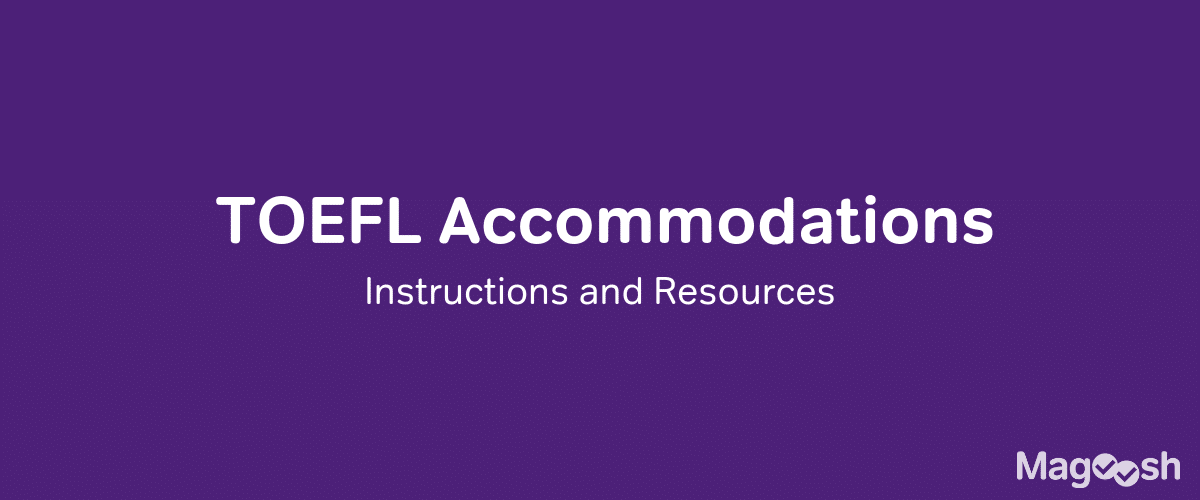I’m going to give a quick framework here that helps to answer questions like those. Let’s start with the three parts of teaching the TOEFL:
Teaching General English (vocabulary, grammar, etc.)
This part, you’re already familiar with. I only bring it up to be sure that you continue doing just this! A good TOEFL class starts with a basis of a general English classroom, and is then spiced with TOEFL-specific exercises and training. So the main point here is this: don’t rely completely on your standard, general-English class style, but at the same time, don’t forgo it entirely. A good TOEFL class can be a third or a half general-English focus.
Test Strategies and Practice
This is where your classroom and homework material really comes into play, especially if you’re just getting started as a TOEFL teacher. For homework and tracking students’ progress, nothing beats online material. If you are going to be using a book, be sure you do some research on the quality of the material—our book reviews can help with that.
For the most effective class, you’ll want material that gives clear strategy (and skill-building, which we’ll talk about in a moment) and material that gives official, test-like practice. These aren’t always the same resource. The official guide and the book of five official practice tests are the best resources for the latter, but they don’t bring squat to the strategy and advice table. They are purely description of what the test is, rather than guidance on how to take it. Use them for practice material, nothing more.
The guidance you get from good unofficial material is just a foundation, though. You’ll learn more about strategy as you see what works and doesn’t work for your students, as well as for yourself! Take all the official practice tests yourself, trying different tactics when reading and listening, to get a feel for what works best. For example, try going to the questions in reading first, without reading the passage. Then try the straight-through approach. You learn a lot by walking in the shoes of a TOEFL student.
Test Skills
There are background skills that contribute to TOEFL scores that you may not have taught in general ESOL settings before. Here are a few examples:
- Note-taking
- Summarizing/connecting
- Skimming/scanning
- Outlining/organizing
Students who are studying for longer times will definitely want to work on all of the above and more. Good TOEFL material includes training exercises for those background skills, but you can always go beyond. Bring skill-building exercises to class, if possible. For instance, have half the class watch one TED talk (A), and the other half watch another (B), with both sides taking notes. Then, have them get together in A:A, and B:B pairs to expand each others’ notes. Next, pair them off into A:B groups and have them summarize what they heard. Finally, have each student write a short summary of what the other group watched and explain how it might connect to the video they themselves had seen. If you can work these test skills into normal classroom activities, you’re building TOEFL skills in your students, even without real test questions.
English in Use and Academic Focus
Notice that in the exercise described above, students heavily practiced English in use. That’s key to a good TOEFL classroom, because the TOEFL is all about using the language, not knowing the rules or memorizing vocabulary. Students should be speaking, writing, reading, and listening constantly. There is a time and a place for fill-in-the-blank exercises, but they’re much less helpful for a TOEFL class than they are for most other classes.
And keep that focus on academic material wherever possible. The majority of the TOEFL is about university-lecture-type topics, so that’s what your classroom should us, too.
Book Recommendation
Finally, a recommendation for a classroom book. If you want to get your students talking, Oxford Preparation Course is your best bet. It’s not perfect in all respects, but it has a lot of classroom-style material. Conversations topics abound, and there are multimedia activities (e.g. Powerpoint presentations and on-the-street interview videos) to add a bit of variety. A full review of the book will be on our blog as soon as we can get to it!





